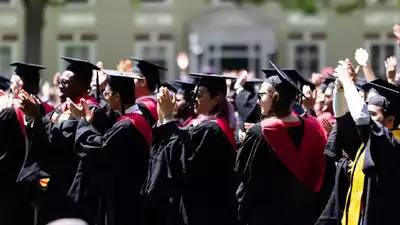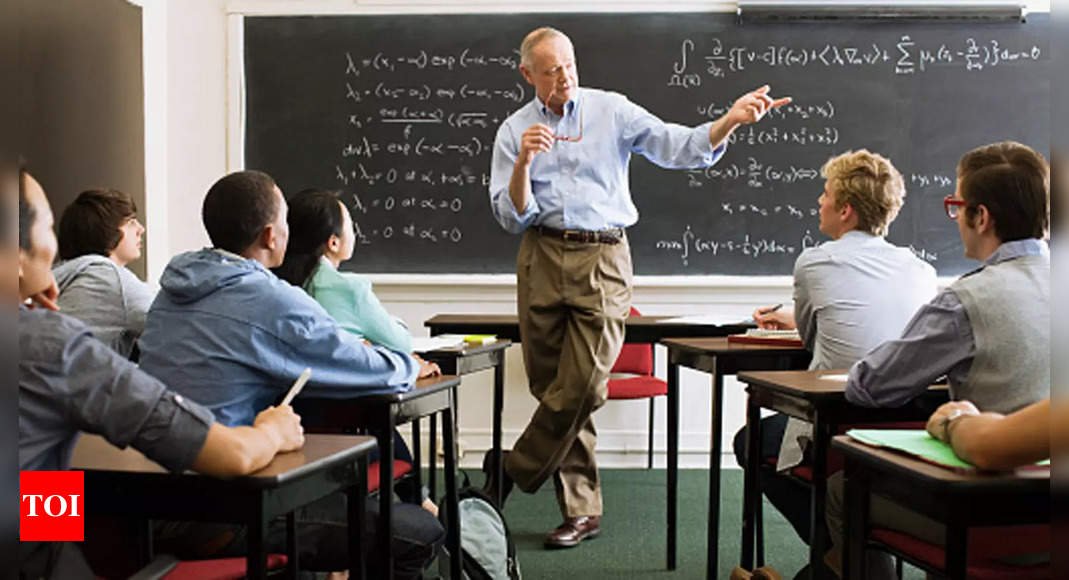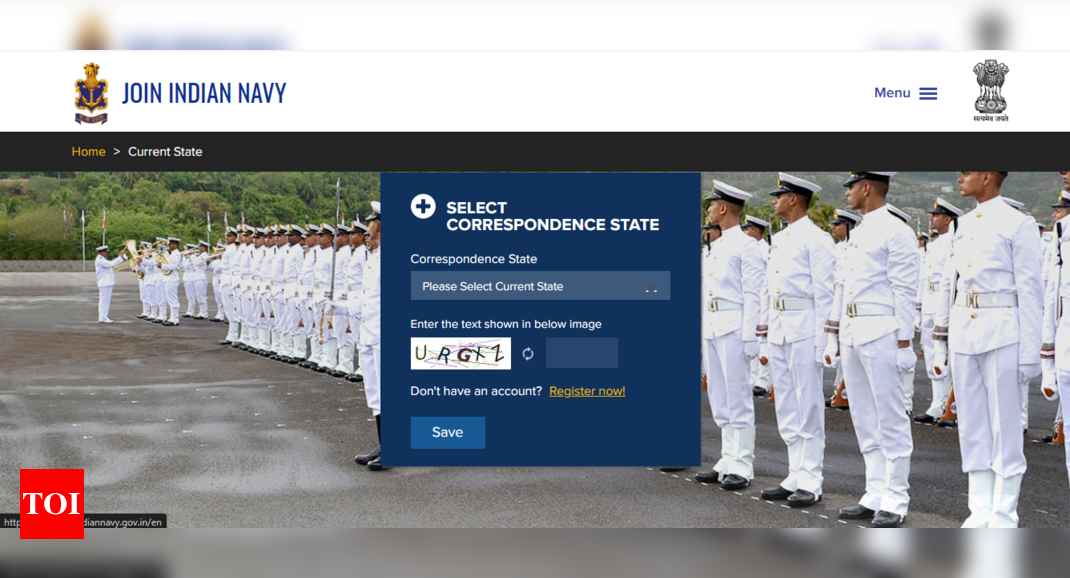Racism in America isn’t just a relic of the past—it’s a well-oiled machine, quietly dictating who gets ahead and who gets shut out. From classrooms to boardrooms, from political appointments to social media outrage, the rules are different depending on who you are.
Take Marko Elez for example. The Department of Government Efficiency (DOGE) staffer resigned in disgrace after his social media history surfaced—posts dripping with racism and eugenics, including the jaw-dropping call to “Normalize Indian hate.” But instead of being permanently sidelined, Elez was handed a redemption arc on a silver platter. A Twitter poll—run by none other than Elon Musk—led to his reinstatement, with Vice President JD Vance dismissing the scandal as just another case of social media hysteria.
Now, contrast that with Vivek Ramaswamy. A MAGA loyalist and high-profile Indian American figure, Ramaswamy was unceremoniously pushed out of DOGE after butting heads with Musk and the establishment. No poll, no second chances, no billionaire-backed sympathy tour. The message? Some people get redemption. Others get the door.
Well, it’s not just politics. Indian Americans are running into walls everywhere, from the workplace to elite universities. Ivy League admissions have long tilted against high-achieving Indian and Asian students, reinforcing a system where merit takes a backseat to institutional bias. The Elez-Ramaswamy episode is just the latest proof: America’s gatekeepers decide who belongs—and who never gets to come back.
Ivy League admissions: A system stacked against Indians?
The controversy surrounding Ivy League admissions, particularly at Harvard, has long raised concerns about bias against Asian American applicants, including those of Indian descent. A landmark case, Students for Fair Admissions v. Harvard, brought these issues into the spotlight, revealing how elite universities may be engaging in racial balancing that disproportionately harms high-achieving Indian students.
In Students for Fair Admissions v. Harvard, plaintiffs accused the university of systematically rating Asian American applicants lower on subjective criteria such as “likability” and “leadership.” This, despite their consistently higher academic and extracurricular achievements. The lawsuit suggested that Harvard’s admissions process maintained a fixed percentage of Asian students, limiting their representation through hidden quotas.
Well, one person who has never shied away from this uncomfortable truth is Malcolm Gladwell, the author of Tipping Point. In a recent interview with The Guardian, he took direct aim at Harvard’s admissions system, calling it out for what it is: A rigged game that favors wealthy white students while quietly sidelining high-achieving Asians and Indians.
Gladwell didn’t mince words. He accused Harvard’s admissions officers of going to “extraordinary lengths” to keep their student body from being dominated by Asian and Indian students. And the numbers back him up. He has observed that while Caltech—where admissions are strictly merit-based—saw its Asian American student population surge from 25% to 43% between 1992 and 2013, Harvard has kept its Asian enrollment artificially locked between 15% and 20%. Why? Because of legacy admissions, donor influence, and athletic preferences—loopholes that overwhelmingly benefit the privileged.
For Indian students, the deck is even more stacked. Their strong representation in top academic fields makes them prime targets for Harvard’s so-called ‘holistic’ evaluation process—code for subjective downgrading. The result is a system that talks about diversity but quietly works to maintain an old, familiar order.
A modern-day Jewish quota?
This pattern of discrimination mirrors historical practices from the early 20th century when Ivy League institutions imposed quotas on Jewish students. Back then, universities justified their exclusion by introducing subjective assessments of “character”, a tactic strikingly similar to the one allegedly used against Indian and Asian students today.
For instance, in the aspect of higher education, studies have shown that Asian American applicants, including those of Indian descent, are frequently rated lower in subjective criteria such as ‘likability’ and ‘leadership,’ despite having strong academic records. This systemic discrimination has been compared to the quotas that limited Jewish students’ representation in Ivy League institutions in the early 20th century.
Indian Applicants: The victims of stereotyping
Indian American students, in particular, face a unique form of discrimination. Admissions officers often group them under the broader “Asian” category, overlooking their individual experiences and challenges. Moreover, Indian applicants pursuing STEM fields or engaging in classical Indian arts are often stereotyped as lacking “leadership” or “well-roundedness,” leading to lower personal ratings.
Following the Supreme Court’s 2023 decision striking down race-based affirmative action in college admissions, there is growing pressure on Ivy League institutions to adopt a truly meritocratic approach. However, Indian and Asian American applicants continue to face implicit biases that shape their chances of acceptance.
Last word
The disparate treatment of individuals like Elez and Ramaswamy underscores the need for a consistent approach in addressing racism and discrimination. Selective forgiveness and the normalization of certain biases not only perpetuate systemic inequalities but also undermine efforts toward genuine inclusivity and equality. It is imperative to recognize and address these inconsistencies to foster a society that truly values and upholds the principles of justice and equality for all.




